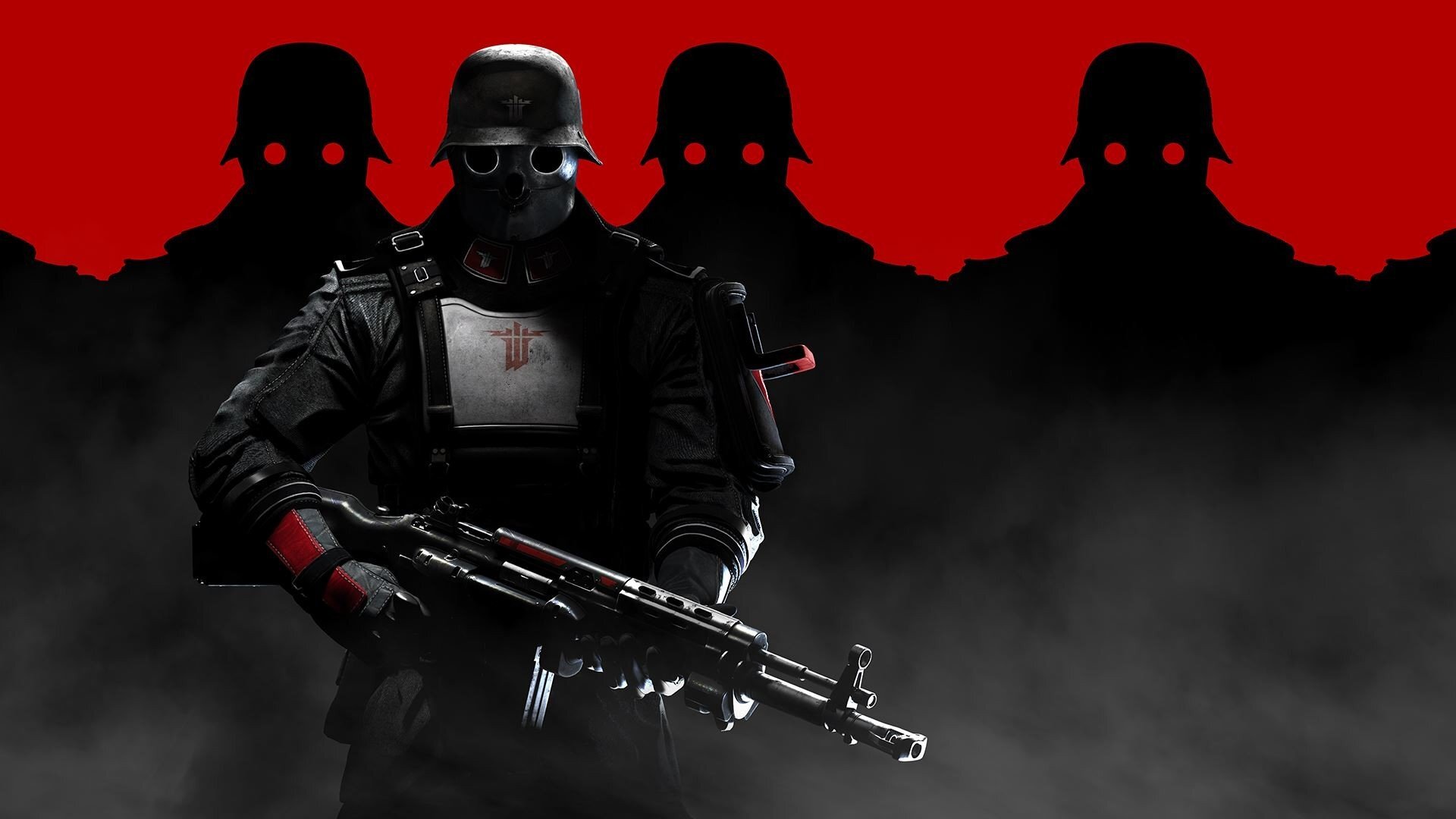It’s 1960, and Captain William “B.J” Blazkowicz, an American spy of Polish and Jewish descent wakes up from a 14-year coma in a Polish psychiatric asylum. Back in 1946, he caught a bullet to the head during an escape mission after he tried to free fellow soldiers who were about to be incinerated by Oberstgruppenführer Doctor Wilhelm “Deathshead” Strasse.
He doesn’t know yet that two years after he fell into a coma, in 1948, the Nazis won World War II and pretty much run most of Europe now. In this particular asylum, armed Nazi soldiers come in regularly to kidnap patients, whom they’ve deemed as Untermensch; they take them to Dr Deathshead, who performs unspeakable experiments on them, sometimes harvesting their brains to implant into robotic super soldiers.
On this day, the Nazi regime has decided that the asylum is to be shut down, all patients and staff executed. And on this day, Blazkowicz fully awakens from his slumber. Still dressed in his hospital gown, his mind hazy, his body weak, he musters enough energy to rise from his wheelchair. “Nazi scum!” he exclaims as he takes a sharp knife to the neck of a Nazi soldier, blood sprays and so begins the incredibly satisfying Nazi-scum-blood-soaked adventure that is 2014’s Wolfenstein: The New Order.
width="853" height="480" frameborder="0" allowfullscreen="allowfullscreen">Nazi-themed videogames have grown in popularity over the past couple of decades and they’ve now become a sub-genre of their own. And they’ve often received criticism for their characterisation on the Nazi regime, which is often portrayed just within the timeline of World War II, with very little attention paid to how the ideology rose and the actual holocaust. The one-dimensional Nazi characters have also been criticised for giving players a feeling of the moral high-ground, without using the opportunity to explore how the faces of racism, anti-Semitism and bigotry are not always quite so obvious and uniformed.
However, the Wolfenstein series is something of a pioneer among Nazi-themed first-person shooters. The very first game came out in 1981, and as game mechanics improved, Wolfenstein 3D, the first iteration of the game as the first person shooter gamers know and love today, came out in 1992, and arguably inspired many more second World War-themed first person shooters. It is an incredibly fun and unrelenting adventure, as Blazkowicz escapes the asylum and later teams up with the resistance operatives secretly hiding in Berlin to fight again the Nazi regime, shoot and stab hundreds of Nazi soldiers, and kill Dr Deathshead.
Besides the great gameplay and the chance to pump an endless stream of bullets into these virtual representations of fascism, racism, sexism, anti-Semitism, homophobia and genocide, part of what makes the game interesting is the alternate Nazi history. Here, they’ve won the war, they’re incredibly technologically advanced because of technology they stole from ancient Jewish secret society, and they have a full-on station on the moon.
This particular revisionist approach to the outcome of World War II is sometimes referred to as the hypothetical Axis victory in fictional literature, as a sort of imagining of what the world would be like if the Axis powers of Germany, Japan and Italy had won.
One of the most popular examples of this hypothetical victory being Phillip K Dick’s 1962 award-winning novel, The Man in the High Castle. I must confess, I’ve yet to read it, but I dove deep into the first two-and-a-half seasons of the two Emmy award-winning eponymous series, where Nazi Germany rules the eastern two thirds of North America, now known as the Greater Nazi Reich, while Japan rules just under a third on the west side, known as the Japanese Pacific States, and between them, a smaller area known as the Neutral Zone remains free, and somewhat underdeveloped.
The Nazis of this fictional Greater Reich are slick, their tech is advanced and by the time I got to the third season, the show started to feel uncomfortable. Good actors, writers and directors are able to present characters as complex multi-dimensional beings. This goes a long way towards drawing the viewer in and helping them to identify with the characters, and even feel invested in their daily victories.




 Wolfenstein, The New Order
Wolfenstein, The New Order